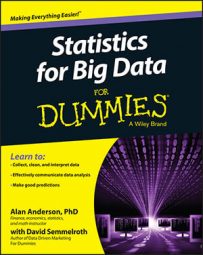The properties of a time series may be modeled in terms of the following components or factors. Most time series contain one or more of the following:
Trend component
Seasonal component
Cyclical component
Irregular component
Trend component
A trend is a long-run increase or decrease in a time series. As an example, gold prices over the past 40 years would show a very strong positive trend, as prices have risen consistently over this period. Other items that would show a long-run positive trend over recent decades would be the population of the United States, the Dow Jones Industrial Average, the size of the U.S. federal deficit, and so forth. In recent years, U.S. interest rates would show a strong negative trend since reaching a peak in 2000. From a modeling perspective, the trend is the most important component of a time series.
Seasonal component
Much economic data is affected by the time of the year. For example, sales of bathing suits, surfboards, swimming pools, gardening equipment, and similar items are much stronger during the warmer months. The demand for heating oil rises during the winter and falls during the warmer months. Sales of snow shovels, turkeys, and pumpkin pies are stronger during the colder months and weaker during the warmer months.
However, some items, such as cellphones, aren't heavily affected by the season. The seasonal component is often measured on a quarterly or monthly basis.
Cyclical component
The business cycle has an impact on virtually all economic activity. For example, sales of expensive items such as new homes, new cars, new furniture, and so forth typically decline when the economy falls into recession. As another example, sales at fast-food chains may rise during recessions, when consumers are more cost-conscious, and then fall during recoveries. On the other hand, the demand for basic consumer staples, such as shampoo and detergent, depends less on the business cycle.
The cyclical component is measured over a long time horizon, typically one year or longer.
Irregular component
Irregular effects are the impact of random events such as strikes, earthquakes, and sudden changes in the weather. By their nature, these effects are completely unpredictable.

